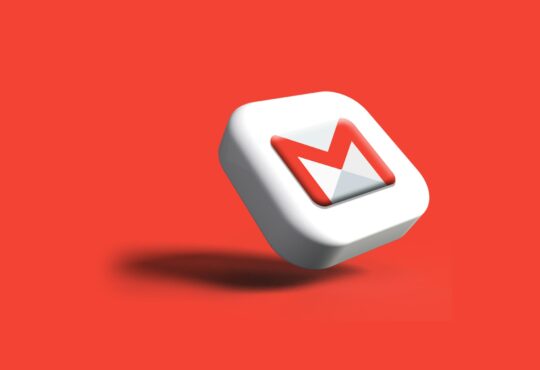Our smartphones now store a vast amount of important data, including contacts, messages, and documents, making them an essential part of our lives. Although it can be upsetting to lose this important information, iPhone data recovery techniques can assist you in recovering deleted or lost files. In this blog, we will investigate different techniques and tools to help you recover information from your iPhone successfully.
Tips & Tricks For Data Recovery
Following are some tips to help iPhone users restore their lost data.
Tip 01 # Maintain Regular Data Backups:
It is essential to emphasize the significance of regular backups before delving into data recovery techniques. iTunes and iCloud are built-in options from Apple for backing up your iPhone. By enabling automatic backups, you can guarantee that your information is safely put away if any unexpected information misfortune occurs. Although it can be upsetting to lose this important information, iPhone data recovery techniques can assist you in recovering deleted or lost files.
Tip 02# Recovery Of iTunes And iCloud Data:
It is relatively simple to restore your lost data if you have previously backed up your iPhone using iTunes or iCloud. Launch iTunes and select the “Restore from Backup” option after connecting your device to the computer.
Alternatively, for iCloud, select the appropriate backup file by going to “Settings” > “iCloud” > “Manage Storage” > “Backups.”
Tip 03# Recovery From A Folder That Was Recently Deleted:
The “Recently Deleted” folder on iOS is where deleted photos and videos are kept for a set amount of time. If you accidentally delete something, go to “Albums” in the Photos app and look for the “Recently Deleted” folder. Restore the files you want back to their original location. Although it can be upsetting to lose this important information, iPhone data recovery techniques can assist you in recovering deleted or lost files. You can extract individual items from the backup by connecting your iPhone to your computer and accessing the backup files. This method is beneficial if you want to restore only some of your devices.
Tip 04# Third-Party Tools For Recovering Data:
Third-party data recovery tools can step in when other methods of recovery fail. Numerous choices for software, like Dr. There are apps like Fone, iMobie PhoneRescue, and Enigma Recovery that can help you recover lost data from your iPhone.
You can often recover photos, videos, contacts, messages, and more using these tools, which often have user-friendly interfaces and various features.
Tip 05# Using Finder Or iTunes To Recover Specific Files:
If you’re hoping to recuperate explicit documents, for example, contacts or messages, utilizing iTunes or Locater may be a feasible choice. You can extract individual items from the backup by connecting your iPhone to your computer and accessing the backup files. This method is beneficial if you want to restore only some of your devices.
Getting Professional Help
Professional help may be required in severe data loss or other recovery methods fail. iPhone data recovery is the focus of specialized data recovery services. The specialists have advanced tools and methods to recuperate information even from truly harmed gadgets.
Preventive Measures For Data Loss:
Preventive measures to reduce the likelihood of data loss in the first place are just as crucial as data recovery. Among the best practices are:
- Using iTunes or iCloud to back up your iPhone regularly.
- Your device should not be jailbroken because doing so increases the likelihood of data corruption.
- Be careful when installing third-party apps because they may cause data loss.
- Using a strong password or biometric authentication safeguards your iPhone against unauthorized access.
- Removing any potential threats by employing reputable antivirus software.
Conclusion:
It can be stressful to lose important data from your iPhone. However, you can safeguard your valuable information and recover lost files with the appropriate knowledge and tools. You can extract individual items from the backup by connecting your iPhone to your computer and accessing the backup files. This method is beneficial if you want to restore only some of your devices.
Always keep a backup of your iPhone, use the built-in recovery options like iTunes and iCloud, and look into third-party software when needed. By taking preventative measures, you can ensure your iPhone remains a reliable repository for your treasured memories and important data.






